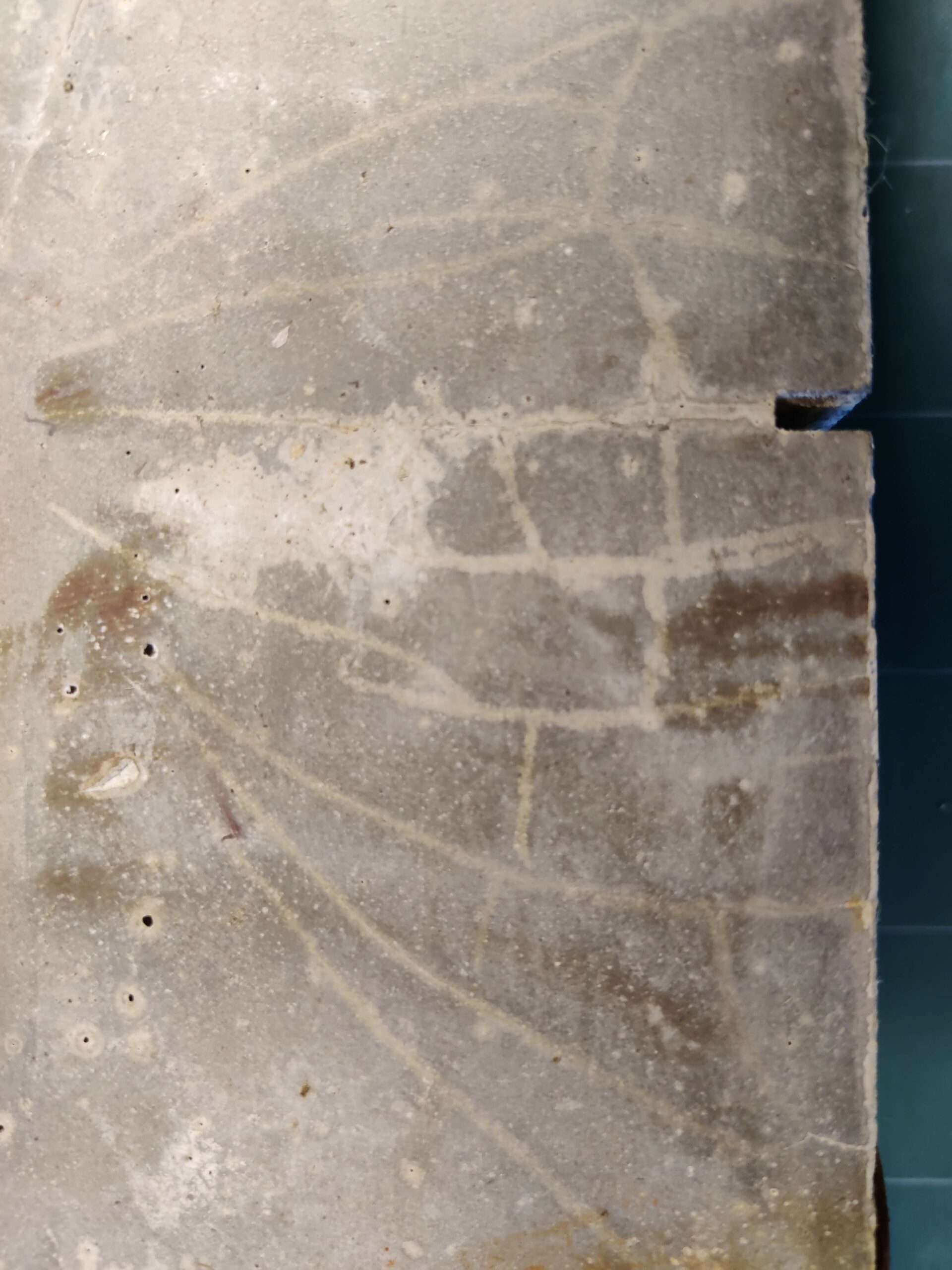After a series of laboratory tests on concrete samples, Laborelec, part of ENGIE Research & Innovation, has scaled up its test programme on self-healing concrete solutions by testing a commercially available product inside the cooling tower of a belgian power plant. The results are promising.
October 2023
Self-healing concrete is a relatively recent innovation developed around 10 years ago. It involves adding particular biological agents to the concrete mix or using a microbiological repair material to let the concrete heal, or at least seal itself if cracks develop that could allow water to enter the structure. The technique aroused Laborelec’s attention as an innovative repair solution for critical structures subject to harsh weather conditions, such as cooling towers and offshore wind turbine foundations. Expert Louis Jacobs highlights the potential: “Such solutions could reduce maintenance costs and improve the structure’s durability.”

Applied to the Rodenhuize cooling tower
Experts carried out a series of laboratory tests to quantify the sealing and healing capability of three commercially available bio-concrete products. Later on, the research was brought to a real-world scale with one of the products being tested inside the cooling tower of a power plant in Belgium, an ENGIE asset regarded as a good candidate for applying such a solution. Expert Sokratis Iliopoulos explains what happened: “We placed the product on the inside as well as the outside of the cooling tower to evaluate the impact in different environmental conditions.”
Combining multiple techniques for in-depth insight
The investigations showed that the products are effective in all conditions for healing or sealing small cracks up to 0.3 mm, but not systematically for larger cracks up to 0.8 mm. Throughout the research programme, Laborelec combined multiple techniques – including destructive and non-destructive testing (NDT) as well as material characterization – to evaluate the effectiveness of the products and to monitor concrete quality over time. Expert Sven Pletincx outlines the benefits: “With this approach, we get in-depth insight that will help ENGIE to further validate this material technology and implement it in critical concrete structures.”